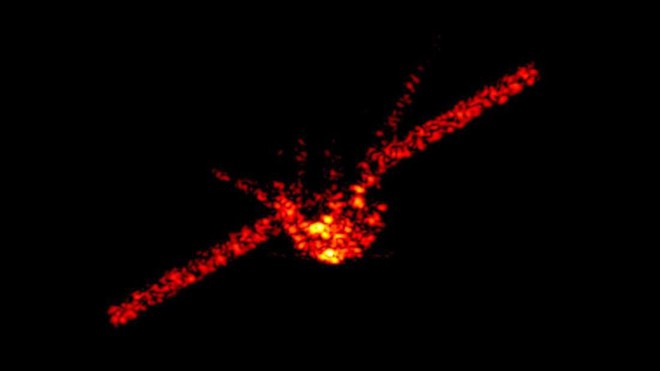This weekend, from March 31 to April 2, 2018, the Thien Cung-1 space station will fall to Earth. Where will it fall, with what consequences?
As reported, the Tian Cung-1 space station – the once proud pride of China’s aerospace industry has come to an end. According to initial forecasts, the ship will fall in late March and early April 2018. But according to the latest information from ESA (European Space Agency), it seems that Shenzhou-1 will officially fall to Earth this weekend.
It is known that this space station was launched by China in 2011. Through 6 successful missions, the station is known as a symbol demonstrating the country’s ambition to conquer the universe. But in 2016, Chinese scientists were forced to confirm that they had lost control of Heavenly Palace 1, and this weekend was when it fell to our Earth.
There will be countless fireballs appearing in the sky
Markus Dolensky, technical director of the Center for International Astronomical Research in Australia, said those “lucky” to see Heaven Palace-1 fall will witness a firestorm flattening in the sky.
This space station is disintegrating at a very rapid rate, and every part when it hits Earth will burn. Recently, German experts took pictures of Thien Cung-1 when it collided with Earth’s atmosphere. It will bounce back, then collide again until it completely enters the atmosphere.
In fact, this is not the first time that a human aerospace device has landed on Earth. But before it was a satellite, a missile, but not an entire space station like Thien Cung-1 was not much.
In the history of world aerospace, there are only 2 recorded cases. The first is that NASA’s Skylab crashed in 1979, causing no burnout damage. The second time it was the Russian Mir station, which weighed 135 tons, fell in 2001. Mir made a relatively controlled landing, although most parts were separated in the atmosphere.
This time, it is extremely difficult to accurately predict the fall position of this Heavenly Palace-1. However, according to ESA, China’s nearly 10-ton space station will be between 43 degrees north and 43 degrees south. It is more likely that it would fall into the ocean, but there is still a small fraction of the risk of debris reaching land and injuring someone.
And if that happens, international space law will guarantee compensation for victims. “It is China’s responsibility if anyone is injured or property is damaged as a result,” NASA said.



